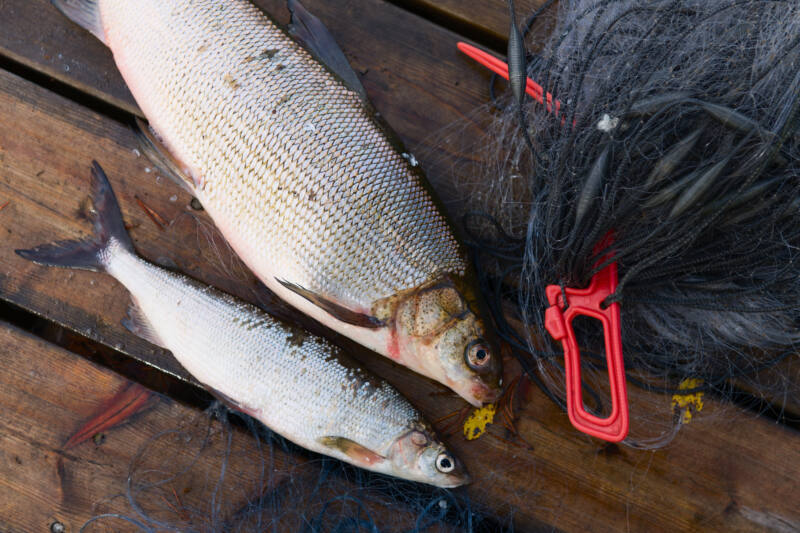Whitefish species declared extinct is now confirmed to be alive

Can you bring a species back from extinction?
In the case of one fish, you can — if it never really disappeared!
Houting, a whitefish once common to the North Sea area of Europe, was declared extinct in 2008 on the International Union for the Conservation of Nature’s Red List.
However, a recent DNA comparison between the common European whitefish, found in freshwater and ocean waters in western and northern Europe, and samples of houting from the Natural History Museum in London showed that the two species’ DNA was almost identical.
That means, researchers say, that houting didn’t really go extinct.
MORE: Marine scientists spot rare handfish not seen in 27 years
The study, which was done by researchers at the Natural History Museum in London and the University of Amsterdam, extracted DNA from preserved samples of the fish that were up to 250 years old. One of the specimens used was the same one taxonomist Carl Linnaeus used to describe the species!
That DNA was used to make a phylogenetic tree that showed all the houting (Coregonus oxyrinchus) samples were from the same group as the European whitefish (Coregonus lavaretus) samples.
It seems that rather than going extinct, houting relocated after their original habitat became inhabitable.
Houting numbers were depleted in the 20th century by dams and other obstacles to their migratory paths, pollution, damage to their spawning grounds and incidental capture — they’re not necessarily targeted during fishing, but caught and retained nonetheless.
MORE: Scientists discover mystery ‘golden egg’ on ocean floor
By the 2000s, the species was only found in the Wadden Sea near Denmark. Government organizations tried to raise the number of houting through restocking and conservation efforts, such as the removal of threats and the restoration of river areas.
Despite these efforts, the houting was eventually declared extinct based on morphology comparisons; in comparing the houting’s physical characteristics to other European whitefish, researchers determined that there didn’t seem to be any more fish that looked like houting.
“Biologists long thought that houting is a different species from the European whitefish due to the length of the snout and the number of gill rakers,” University of Amsterdam study author Rob Kroes told Phys.org. “But these traits are simply not suitable to say that houting is a different species.”
DNA now proves that not to be the case. Instead, two formerly separate species of fish are simply one species with variation in traits (in this case, mainly the size of the snout and the number of gill rakers).
“Because we found no species difference between houting of the past and today’s European whitefish, we do not consider the houting to be extinct,” Kroes said.
It should be noted that separating and classifying different species is not as simple as you might think. A species is defined as a population that can interbreed naturally — but you can probably already think of examples where that definition becomes problematic, like with wolves and dogs producing hybrids.
Along with making a case for reclassifying houting as not extinct, the study proposes a change in how conservation efforts target one species at a time, its authors say. Instead, saving marine animals should involve the restoration of water bodies and the connections between them, which is what probably helped the houting survive.
Hurray for houting! No longer (or ever) extinct!






